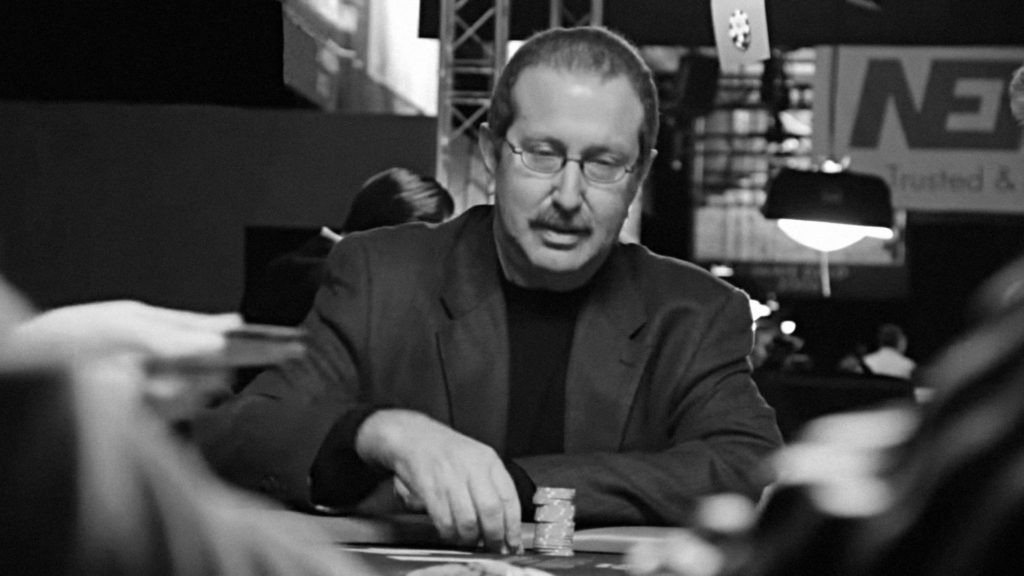Sugar Ray Leonard has re-retired, costing the sport its biggest attraction. Marvin Hagler can wear handcuffs and still kayo anyone in the middleweight division. Gerry Cooney cancels more fights than Billy Martin stars. Carlos de Leon and Osvaldo Ocaslo are champions of the so-called cruiser-weight division, boxing’s 195-pound wasteland for heavyweights on a diet.
And yet, boxing remains television’s charmed bad boy, a consistent ratings winner on the three networks’ weekend sports shows. ESPN and USA cable networks program weekly boxing shows. HBO tries to grab a big fight every month or so.
Boxing is, as NBC’s Ferdie Pacheco loves to point out, “the ultimate one-act play.” There’s a protagonist and a villain, a well-defined conflict and a resolution almost always inside of 12 rounds.
“If boxing didn’t exist, TV would have created it,” said Mort Sharmik, CBS’ boxing consultant. At the networks, where ratings points often eclipse life and death in importance, boxing survives.
A couple of recent examples:
“On June 23, ABC’s Edwin Rosario-Howard Davis title fight scored 7.0, NBC’s Eusebio Pedroza-Gerald Hayes bout drew 4.4 and CBS’ Atlanta Classic golf got 4.0. (The numbers represent the percentage of television households tuning in.)
“We have ridden with the boxing boom,” said Peter Tortorici, vice president for program planning at CBS Sports, “and it works well in the anthology format. It has a wider appeal than swimming, cycling, tennis, track and field.”
Bob Iger, director of program planning for ABC Sports, disagreed.
“We don’t sense that it’s a ratings boost. My viewpoint has changed substantially in the past year. I get the feeling the reason it’s on so often is that CBS and NBC have a number of shows to put on the air, and boxing’s a good way to fill time.”
As a time filler, boxing earned its reputation during the autumn of 1982. That was when the National Football League players were on strike, leaving network programmers with a multimillion-dollar hole in their Sunday schedules. Suddenly, boring intruded upon your living room as often as your mother-in-law.
Pacheco, NBC’s boxing consultant and commentator, called the ‘82 strike “the worst period of boxing on NBC. We were asked to throw on anything we could throw on.”
Even today, the networks’ toughest call is what fights to put on. Occasionally, it probably shouldn’t have been allowed out of bed. Although the networks’ record has improved the past two years, grand mismatches still make appearances from time to time.
Earlier this month, ABC, in choosing to televise what became Moore’s second round TKO over Benitez, probably allowed Benitez’s box-office appeal to overshadow the fact that he is no longer a world-class boxer. CBS and NBC both had passed on the fight.
“That fight was a blowout going in. I don’t know what ABC was thinking about,” Pacheco said.
“We felt it was going to be a quality fight. We weren’t 100 percent sure,” Iger said.
Several factors cause the mismatches: occasional bad luck, promoters who sign fighters to long-term contracts and then sell those fighters to the networks, and the networks’ desire to put on the big-name fighters who would score big ratings even if they were shadow boxing. Hagler against The Unknown Comic, for instance, would draw well because fight fans want to see Hagler.
But boxing on home television appears to be entering a bright new period. For one thing, the closed-circuit era is over, according to Sharnik.
“Boxing lost its hold on the American public when all of a sudden they had to pay $25 to see a fight,” Sharnik said.
According to Sharnik, most of the closed-circuit offerings have lost big money in recent years. Promoters overpriced themselves. The better fights, at reasonable prices, again will be offered to the networks. And for those fights too expensive for the networks, HBO reaches out and grabs the spotlight.
“This feeling that HBO comes in and throws money at a fight is not always true,” said George Kriger, HBO’s vice president for sports. “We’re not as constrained as the networks. We don’t have to worry about making our money back. All our boxing is prime time, which gives the promoter a prime-time gate. We also give the promoter the ability to carry some closed-circuit TV.”
Boxing’s boom will not be complete until the heavyweight division rights itself. The networks have embraced the exciting lower-weight fighters, including Boom Boom Mancini, Aaron Pryor, Hector Camacho, Wilfredo Gomez and others. Except for Larry Holmes, who mat retire soon, the heavy-weight division is populated with fighters you wouldn’t hire as bodyguards at a day-care center.
When the sport’s glamor division becomes glamorous again, then perhaps Pachego will realize his goal: regular prime-time network fights.
“In about a year,” Pacheco said, “it will be possible to produce top-quality prime-time fights. I’m looking for the day when the network realizes prime-time fights on a weekly basis is reasonable during a dead period.”
Translate “dead period” to NBC’s Friday night schedule, which regularly gets floored by CBS’ “Falcon Crest” and “Dallas.” Pacheco wants to sell NBC on the idea of Friday night fights following the Olympic gold medalists. If the other networks are interested, too, this post-Olympic race for gold could get nasty.
“We’re going to be careful,” ABC’s Iger said. “One thing Mr. Pacheco ought to be careful about is that when these fighters turn pro, the first four or five of their fights are against people with limited skills. We don’t want to be involved following Olympic fighters against absolute wastes.”
Regardless of the matchups, the fight fans will be watching, at least on weekends. “When there’s a fight on, people tune in,” Tortorici said. “Once people tune in, they don’t care if it’s WBA, WBC or XYZ.”


